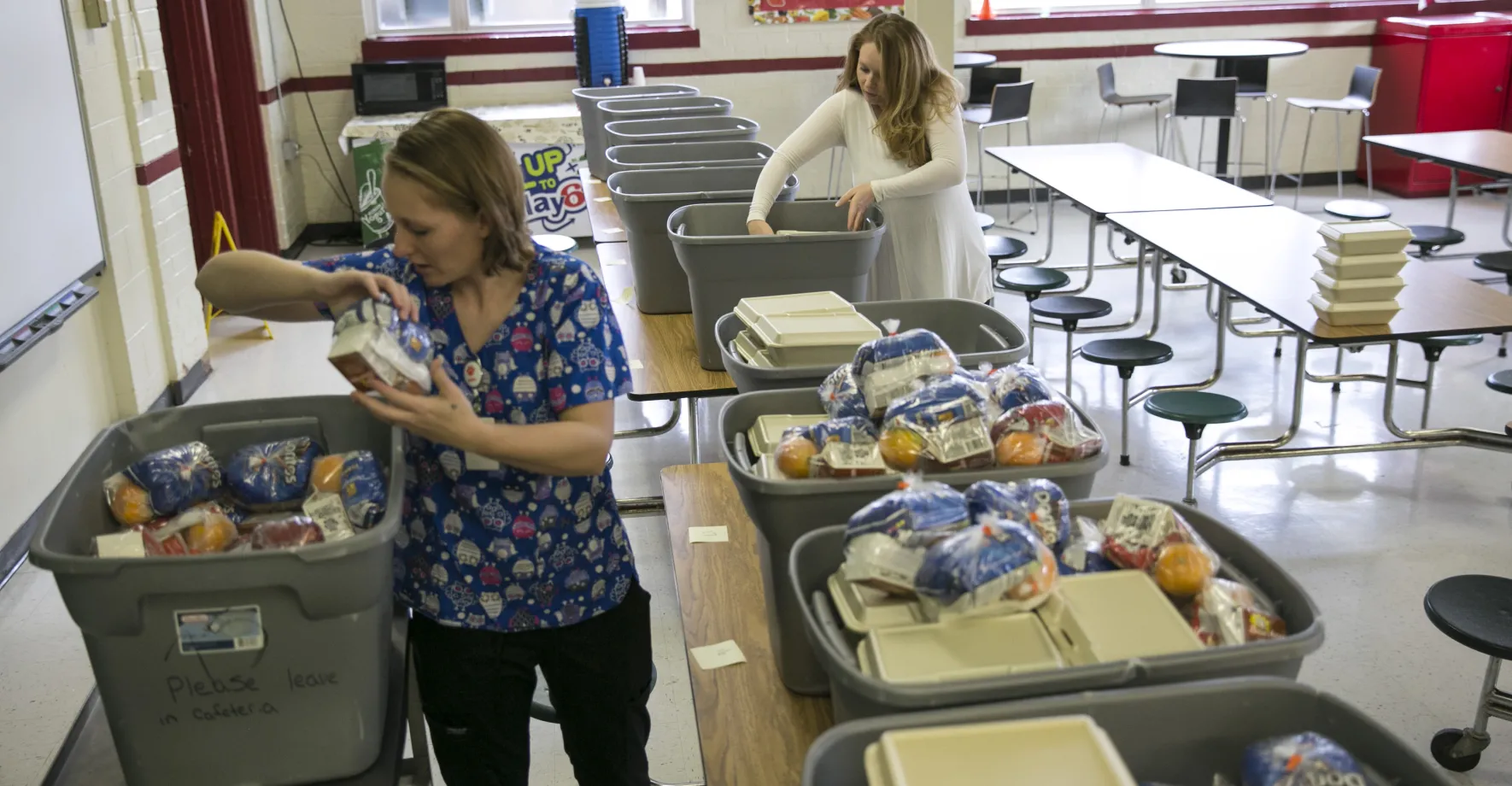The Community Eligibility Provision (CEP) can help feed more kids this school year, allowing eligible schools to serve non-pricing meal service.

The coronavirus has caused a catastrophic health and economic crisis. During the 2019-2020 school year, approximately 22 million kids relied on school meals. This year, the need will be even greater, as COVID-19 has caused millions of families to lose their jobs and struggle to put food on the table. Recent estimates show that 1 in 4 families with kids could face hunger this year.
Whether children are learning in the classroom or from their homes, schools will play a vital role in ensuring they get the food they need. Many, schools, however, are under immense financial pressure. Estimates show that across the nation, schools are facing as much as $236 billion in increased costs and revenue loss.
Community Eligibility Provision (CEP) Can Help Schools Feed Students
A program called the Community Eligibility Provision can help. In this time of unprecedented need, the Community Eligibility Provision (CEP) can help schools to provide critical nutrition to millions of students whose families are being impacted by the ongoing crisis.
CEP is an option for funding school meals in the National School Lunch Act. The program is designed to make it easier for schools to feed kids by allowing them to provide breakfast and lunch at no cost to all students.
That's good for kids and families:
- When a student’s nutritional needs are met, they have better health and a greater ability to learn.
- CEP promotes equity by eliminating the out-of-pocket costs for families.
- The meals provided by schools are invaluable to millions of families facing new or increased financial strain caused by the recent pandemic, freeing up scarce resources to then use on other critical expenses like rent, utilities and medicine.
It's also good for schools:
- CEP gets rid of time-consuming and costly red tape. It reduces the administrative burden associated with school meals applications and eliminates the need to track and collect unpaid meal charges. This makes it easier for the dedicated school nutrition staff working on the front line to reach kids.
- CEP eliminates school lunch debt altogether and can even generate revenue for school nutrition budgets, as the program often increases participation in school meals.
As we look ahead to an uncertain school year, CEP can help school nutrition departments as they work to find new ways to feed students by providing important administrative flexibilities.
Additionally, CEP is even more important this school year: many schools will be closed this fall and adapting to new ways to ensure that students still have access to meals. CEP schools will enjoy increased efficiency by making meals like school breakfast and lunch available to all enrolled students who may need them, especially if they are serving them in pick-up or drop-off programs.
Schools Participating in CEP
Nationwide, more than 30,000 schools participate in CEP, serving approximately 15 million students. Though participation has grown, 31% of eligible schools still do not participate. And this year, high unemployment and increased use of federal benefit programs due to the coronavirus means that more schools than ever before are now eligible to implement CEP.
While we don’t yet know what “back to school” will look like this year, we do know that millions of children will need the healthy food provided by school meals, whether they’re learning in the classroom or in their homes. In order to support students and school nutrition programs, school administrators should consider CEP.
No Kid Hungry is working to support schools and other organizations using innovative strategies to feed more kids and families. Learn more about what we do.



